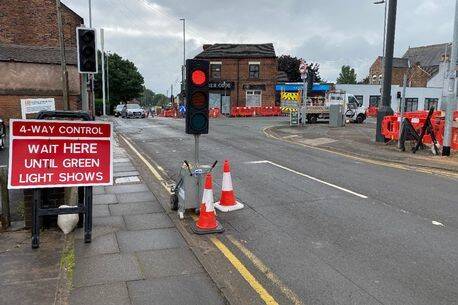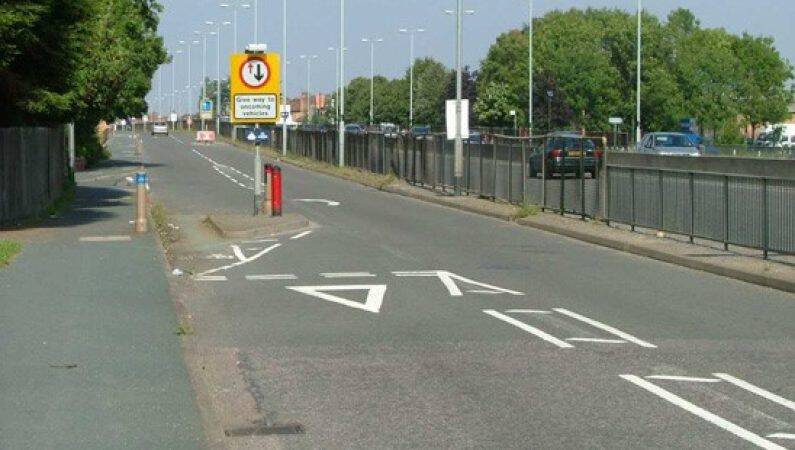Use of mirrors (effective observations)
Using your mirrors effectively is an essential skill when driving. Good mirror work combined with effective observations can make most situation 100% safe.
The diagram below shows the areas we can see by looking in our mirrors, it also shows "blindspots".
Our right & left blindspots are the areas just out of the range that our wing mirrors can see. If we need to check these areas, we need to look over our shoulder.

The way we look over our shoulder is slightly different depending on what we are doing. If we are stationary and pulling away from the left hand side of the road, we can take a longer look over our right shoulder (chin to shoulder). Looking in the wing mirror will only give you 80% of the information you need to make a decision if it's safe or not to pull away, checking the blindspot will give you that last bit to ensure it is 100% safe. We can also make it even safer if we make one more check just as we are pulling away, just in case something has changed in the last second a "life saver check".

When checking the blindspot in motion, for example when we want to change lanes, we don't want to take our eyes off of the road ahead for too long, so we can turn our heads a little less (chin to collar bone). We are only looking to detect something in our peripheral vision, just a change in light or colour. If we sense something there, we know not to move.

Another blind spot is the "A pillar" blind spot. The A pillar is the structural part of the car either side of the windscreen. As you can see from the diagram below, other road users can be concealed by this blindspot. We can make situations safer by moving our head to look around the A pillar and also carrying out a "life saver check", which is a second check just before we pull away.

It's also important to be aware of the blindspots of other road users and not hover in these areas.

Now back to mirrors. If we are stationary in the road, maybe we have stopped at a traffic light. We need to make sure it is safe to pull away by checking all of our mirrors from left to right "a sweep of the mirrors".

We also need to check our mirrors anytime we are changing speed or direction.
When we need to change direction, either turning or just changing our position in the road, we need to check if it's safe by looking in the mirror in the direction we want to move. Sometimes we may need to check our blindspot to make it safer.
Before either slowing down or speeding up, we need to check it's safe to do so. We need to at least check our interior mirror, but if we can check our interior and right wing mirror too, this will give us a wider view of what's going on behind us.
We can using hazard perception to trigger our mirror checks. When we spot a potential hazard, we can check our mirrors to see the situation behind.
If that potential hazard were to turn into a developing hazard, we are one step ahead on deciding how to respond.





Another time we should be checking our mirrors are when we carry out "frequent mirror check". there is no set regular duration we need to check what's happening behind us, we need to built mirror checks in with our general scanning & planning. For example, we are crawling in slow moving traffic on a straight road, if we are just staring forward, we might not see the ambulance 20 cars behind us trying to make progress.

We've mentioned scanning & planning, this is part of our good observations when driving, we should never be staring at the back of the car in front. Keep your eyes moving, as far down the road as possible, back to your speedometer, looking for road signs, checking for potential hazards and back looking in your mirrors. There's no set order for this, your focus can be random, just keep your gaze moving.
